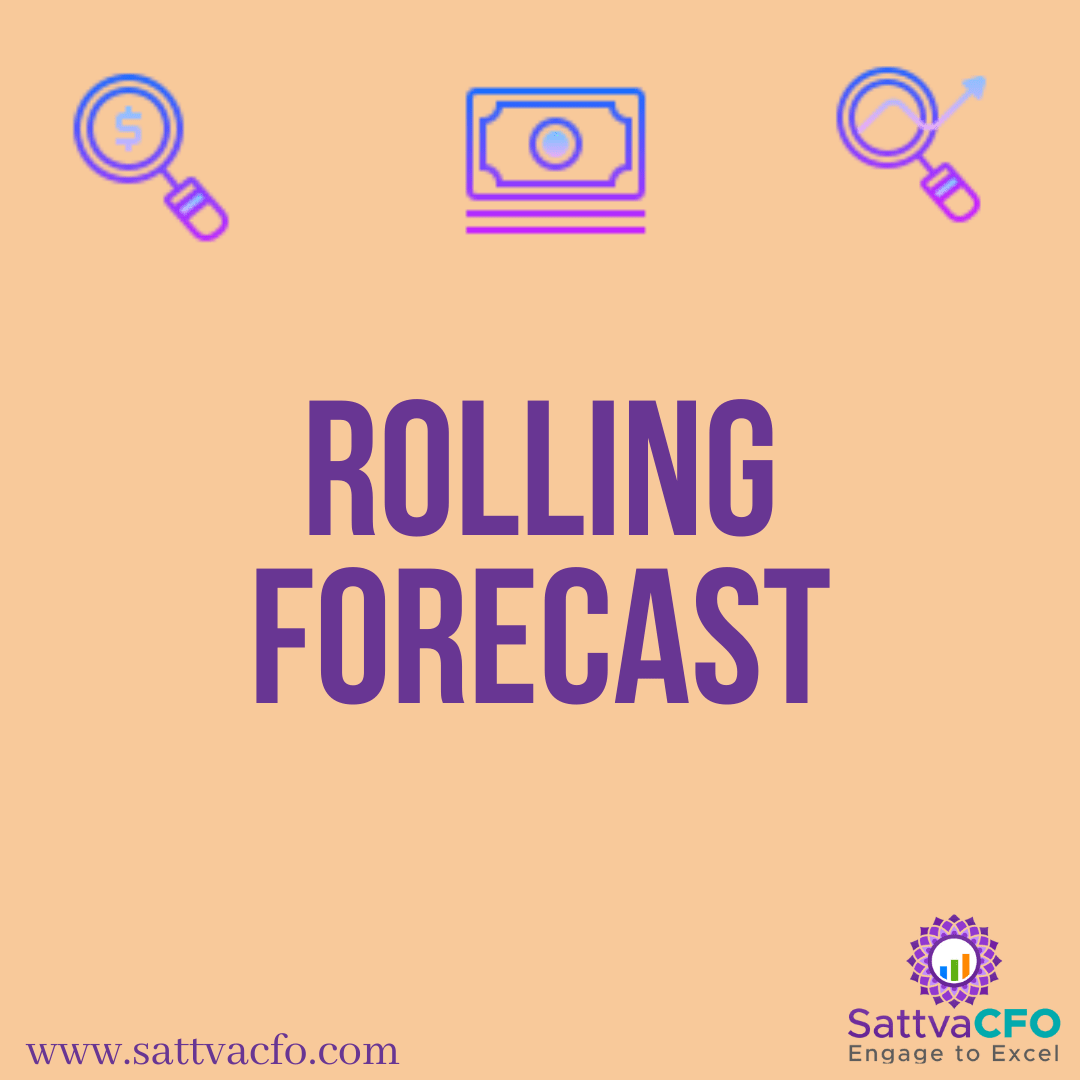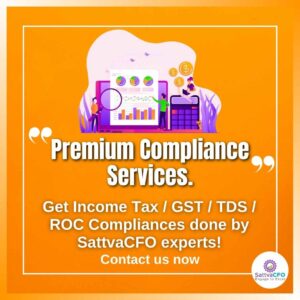A Rolling Forecast (RF) is a unique planning idea that can assist firms in identifying opportunities in the face of fierce competition. Rolling projections are a planning method in finance that assesses major business factors regularly throughout the year. It can be a cost-effective way to budget for many firms, with some companies employing a rolling forecast to replace their annual budget completely. Articles also mentions Rolling Forecast vs. Traditional Budget,
What is Rolling Forecast (RF)?
A Rolling Forecast (RF) uses historical data to forecast future figures, allowing businesses to project future budgets, spending, and other financial data based on previous performance. Rolling projections are used to evaluate and change budgeting assumptions throughout the year, rather than managing the business based on a static budget produced the previous year. This allows businesses to adjust their plans and resource allocations in response to changes in the economy, industry, or business.
How to create a Rolling Forecast?
Companies must strive to adjust in a world that is continuously evolving. Installing basic financial systems and employing someone to maintain them is no longer sufficient. The process of developing a rolling forecast necessitates practice and plenty of time. To avoid mistakes and revisions, it should be done sequentially.
- Identify the objectives.
- Consider the time frame.
- Plan the level of detail
- Identify the contributors to the process
- Identify value drivers
- Verify the source of data
- Create scenarios and sensitivities
- Measure actual and estimated forecasts
How are the benefits of Rolling Forecast?
Finance professionals can use the rolling forecast to uncover opportunities and hazards that can help or hurt their company’s development. It allows you to observe the company’s pulse and make more timely decisions to ensure that everything is running well. When a discrepancy is discovered, you can further investigate the underlying cause and make the necessary adjustments. Another aspect of rolling predictions is that you should regularly import actuals into your model for variance analysis and track your progress. This emphasizes the need to have a budgeting and forecasting system linked to the actual data repository.
While every business is unique, if yours uses bi-annual or annual forecasting, you should thoughtfully examine the advantages of switching to a more regular rolling forecast. The implementation of a rolling forecast process necessitates meticulous preparation and execution and should not be taken lightly. It should be eased into strategic business sectors initially, then expanded when the value of better understanding and decision-making is understood.
Rolling Forecast vs. Traditional Budget
Traditional forecasting relies on previous data to project future business metrics such as inventory needs, budgets, revenue, and asset performance. Traditional forecasting methods are ineffective because the past does not always predict the future. When relating asset operations to performance metrics and expenses, traditional forecasting isn’t excellent. It relies primarily on previous data, which might lead to a discrepancy between forecasts and actuals. It also necessitates organizations’ assumptions being simplified or oversimplified. Traditional forecasting is usually completed within a fiscal year, and it is frequently done every quarter.
In contrast to traditional forecasting, rolling forecasting is based on the notion that an organization does not need to operate its company based on a static budget produced the previous year. Instead, rolling forecasting promotes the idea that projections should be rechecked for accuracy regularly, and budget assumptions should be adjusted as needed. The purpose of rolling forecasting is to have more responsive plans and allocations to market pressures or changes rolling forecasting estimates over the next 12 to 18 months. In terms of process, this is a significant departure from conventional forecasting methodologies.
What are the critical challenges of a RF Model?
Aligning a company’s financial model with its operational realities is difficult. As a result, a rolling forecast is helpful since it allows you to update an existing prediction based on new knowledge about competition and other factors of the business’s economic environment. However, a rolling forecast’s primary benefit does not imply that it is a faultless forecasting tool.
Instead of creating and approving a single budget for a specific period, you create and approve numerous budgets, each containing some element of the preceding budget. As a result, the budget process is time-consuming and resource-intensive, and expensive to maintain because you adjust a rolling budget monthly, quarterly, annual, or more frequently.
Individual deviations can be difficult to track from an operational standpoint because the budget is updated to account for budget deviations. As a result, the budget’s worth as a barometer of a forecasting method’s worth, an individual’s achievements, or a department’s performance is lowered.
How to overcome the challenges of the RF Model?
Traditional static budgets are still helpful for ‘painting a financial picture’ from a strategic plan, but they are inflexible and reactive, leading to undesirable levels of operational despair. Rolling forecasts, on the other hand, are by their very nature malleable and dynamic. Thus, while they may not be a perfect substitute for a fixed annual budget, they perform well in tandem. In addition, forecasting can become more challenging to manage as a firm grows because of the number of internal stakeholder interactions involved and the data accuracy required to implement the forecast quickly and productively.
How can SattvaCFO support in implementing Rolling Forecast Process?
SattvaCFO uses a comprehensive range of analytical tools and forecast tools dedicated to a systematic, accurate result for your company. With a team of dedicated experts who ensure a clean, secure study of data, there is no redundancy in any value. Ensure perfection with SattvaCFO.
SattvaCFO’s experience & world class FPA talent can build RF for your enterprise. Please contact us.
Also read:





